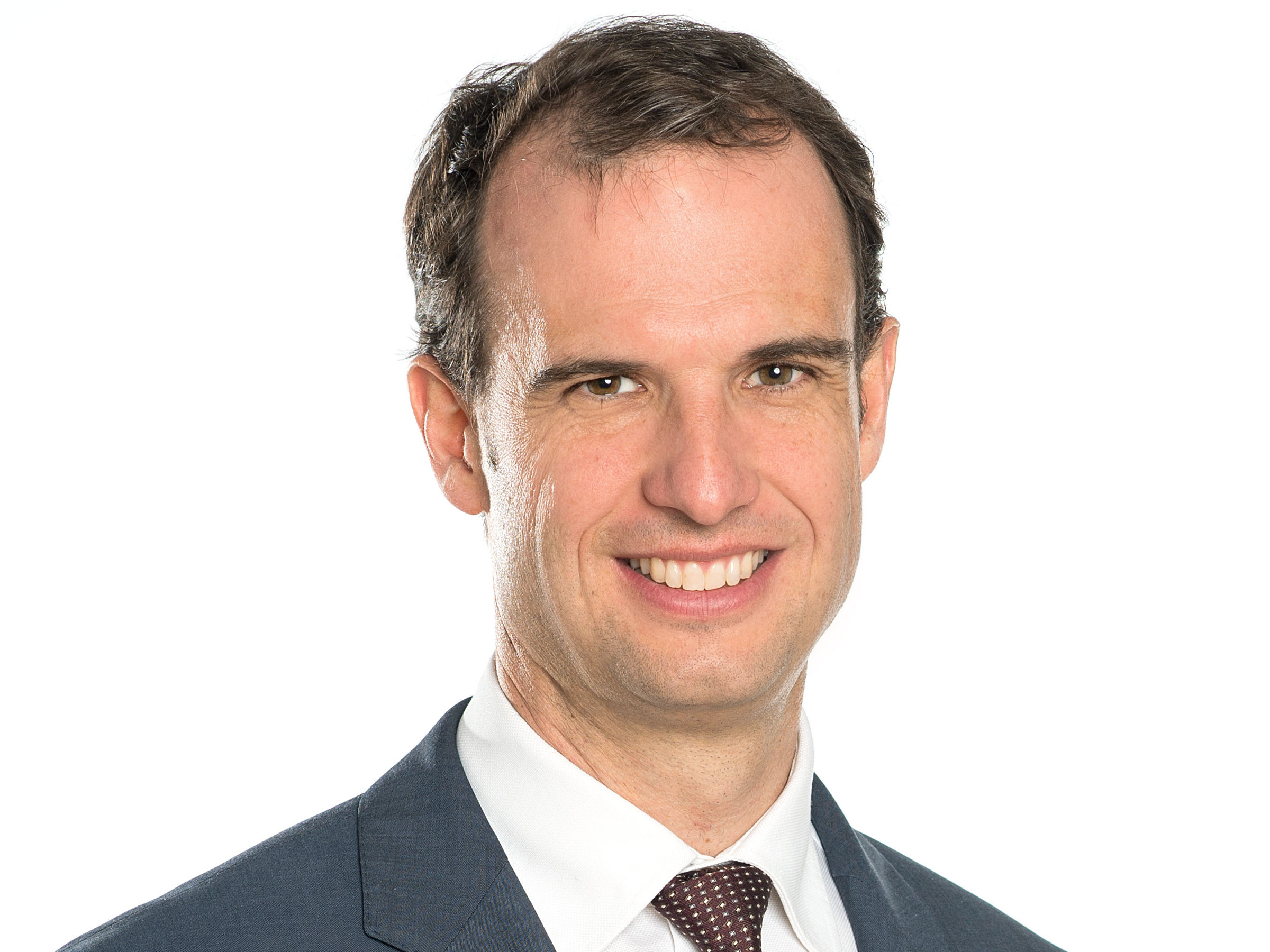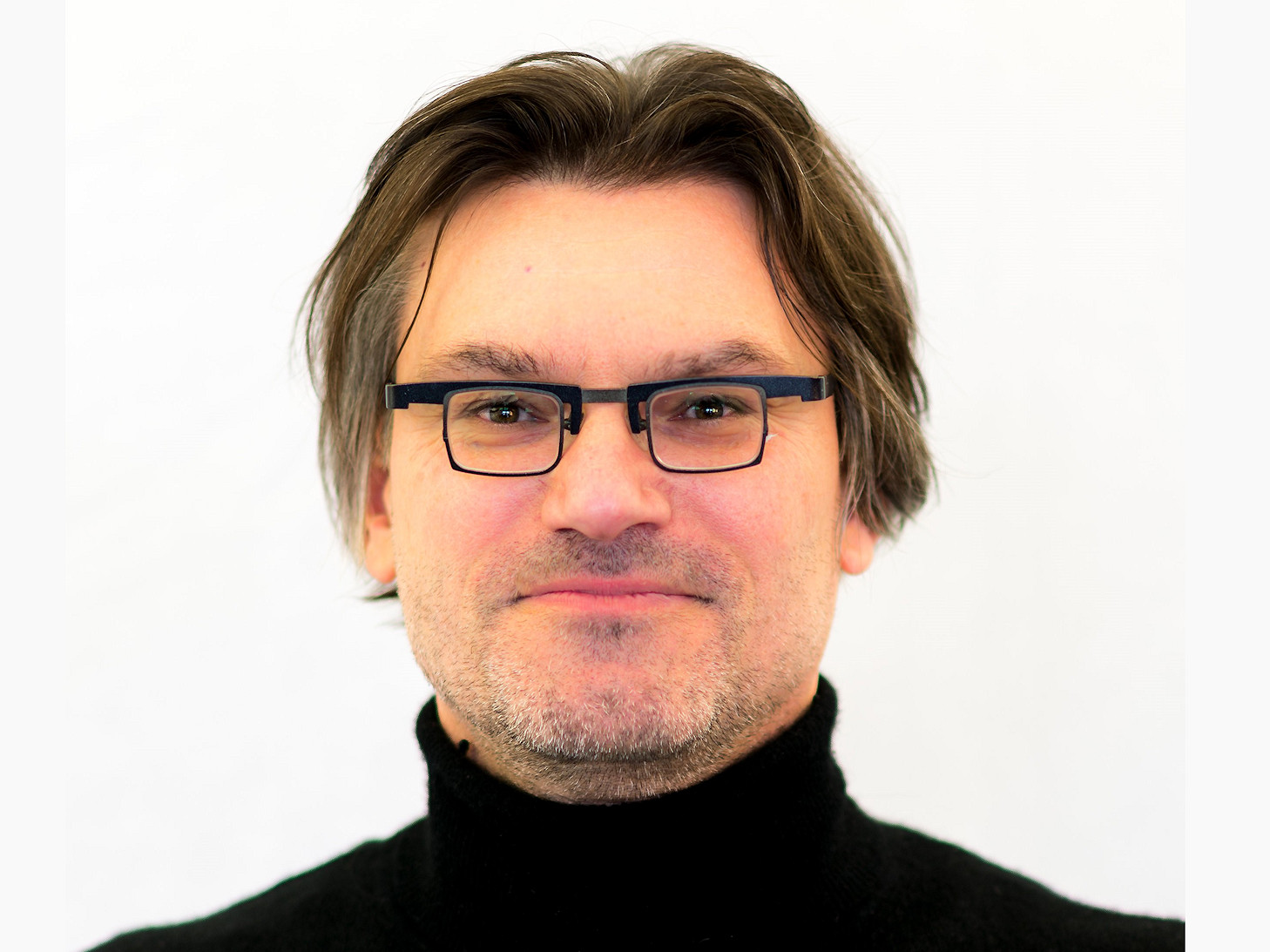Covid-19: Preventive measures for healthcare workers
A research team at Inselspital, the University of Bern and the University of Trieste (It) has investigated the effectiveness and economic efficiency of in-hospital preventive measures to protect healthcare workers. For this purpose, a mathematical model of SARS-CoV-2 transmission was developed, incorporating factors both inside and outside the hospital. Regular, broad-based, real-time PCR testing was found to be the most economical and effective method for screening and thereby maintaining hospital infrastructure.
The availability of healthy and trained hospital staff has proven to be a crucial, sometime critical, variable in managing the Covid-19 pandemic. The specific risks to healthcare workers and opportunities for effective, economical, and pragmatic protection were only rudimentarily known at the onset of the pandemic.
Frequent, broad-based testing
The most important finding of the study: When economic aspects are included, regular testing at intervals of at least 7 days and strict application of rules, even to persons without symptoms, are the most effective measures to prevent uncontrolled spread of SARS-CoV-2 in the hospital setting.
Effect of organizational separation of the team
Separating teams into two groups that do not physically work in the hospital at any time, known as desynchronization, has also been studied. These measures had already proved successful at an early stage in companies with a high number of office workplaces. In hospitals, however, they reached their limits. Since the simulation model used also included economic aspects, such as workplace productivity, desynchronisation achieved significantly worse results. Prof. Dr. Michael Gerfin explains: “The study aimed to produce a model that allows hospitals to optimize medical and economic aspects of prevention management. By adding the cost of specific measures, we were able to evaluate regular testing as the preferable strategy at Inselspital. In countries with low income, however, results might be different.”
Specific situation of healthcare personnel
The first question was whether healthcare workers are more often infected with SARS-CoV-2 than the rest of the population. The study examined a group of just over 300 volunteers from the Departments of Visceral Surgery and Medicine, as well as Diabetology, Endocrinology, Nutritional Medicine and Metabolism at Inselspital. Based on the study model, it was demonstrated that the rate of PCR-positive test results in the study group was actually higher than could be explained by environmental sources (infections at home and infections in public spaces). Furthermore, the PCR tests were specifically designed to include pre-symptomatic and asymptomatic individuals, because it is of utmost importance to prevent transmission of the virus to vulnerable groups in the hospital.
Detection and modelling of COVID-19 prevalence
Subjects were screened for the presence of SARS-CoV-2 using a real-time PCR test. To limit the group of asymptomatic infected individuals more accurately, a distinction was also made between a test accuracy of Ct=32 (32 multiple cycles) and the Ct=40 officially used in testing. It was found that most asymptomatic SARS-CoV-2 carriers could only be detected at more than 32 cycles. Thus, this study demonstrates the importance of the more sensitive threshold of Ct=40 for detecting and isolating individuals with a low virus load.
The modelling included the following elements of the transmission dynamics: the infection rate in a broader hospital environment (city and canton of Bern), the infection rate among employees of the hospital and working in desynchronized teams. Furthermore, the productivity of the employees and a cost analysis were included.
Outlook
The results of the study apply to a group of healthcare workers from the Department of Visceral Surgery and Medicine at the University Hospital. They come from one of the hospital centers that reached maximum capacity during the pandemic but was able to guarantee on-going operation at all times. Prof. Dr. Guido Beldi outlines the further procedure as follows: “Based on the study results, a regular, broad-based testing regime with clear follow-up measures can be considered the prevention strategy of choice for Switzerland. To ensure that desynchronization is also given a higher priority, options for remote functions would have to be examined in more detail.”
The mathematical models can now be applied in other cohorts outside the healthcare setting and under different conditions (for example, in the context of increasing vaccination coverage or threats from other viruses) and used for planning purposes.
Source: Insel Gruppe
Publication Details:Daniel Sanchez-Taltavull, Violetta Castelo-Szekely, Shaira Murugan et al. Regular testing of asymptomatic healthcare workers identifies cost-efficient SARS-CoV-2 preventive measures, PLoS One, Nov. 5; https://doi.org/10.1371/journal.pone.0258700 |
2021/11/11



